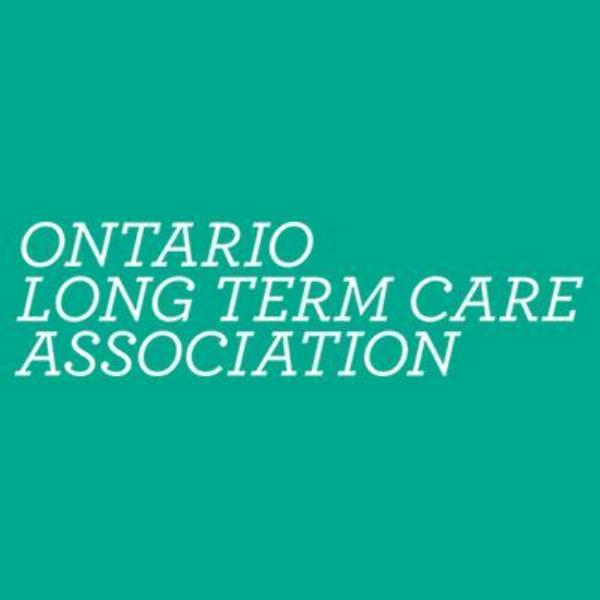
Lack of safety upgrades in Ontario nursing homes made them more vulnerable to deadly COVID-19
Ottawa/IBNS: Absence of safety upgrades in Ontario's long-term-care homes for the past two decades has increased their vulnerability to the deadly spread of COVID-19, media reports said.
Since the start of the COVID-19 pandemic earlier this year, almost half of Ontario's long-term care homes have suffered outbreaks.
The major contributing factor to this was the structure of the buildings, according to the data analyzed by Marketplace.
It was back in 1998 that the structural safety standards for Ontario's long-term-care homes were changed, which mandated among other things, that only 2 residents were allowed in nursing home bedrooms.
It was also reported that the vast long-term-care facilities run by for-profit companies were not upgraded and had four-person shared wards and community dining rooms where hundreds of people are brought together for meals.
These factors made infection control much more difficult, said the experts.
As a result, these for-profit long-term-care homes have experienced deadlier outcomes due to COVID-19 outbreaks than the long-term-care homes run by non-profit organizations.
Long-term care homes in Ontario were given 15-year licenses in 2010, based on the structural standards they had at the time.
However, 80 percent of the long-term-care homes with four-person shared wards are still being run by for-profit homes, meaning almost half of the beds in for-profit facilities are still at the 1972 standard or below.
A commission called by the provincial government to look into Ontario's long-term-care system to understand the impacts and responses to the COVID-19 outbreak is scheduled to begin in July.
There are currently 686 older long-term-care beds in the construction phase of redevelopment, said the Ministry of Long Term Care Facilities, and an additional 11,727 at various stages of planning for redevelopment.
The Ministry has been continuously receiving applications to redevelop older beds
In the meantime, the Ontario Long Term Care Association (OLTCA) says, it is asking the ministry for an immediate support to make emergency renovations to older buildings to make them "better suited to the level of infection control required for a pandemic."
The changes under consideration include removing carpeting, creating larger spaces for physical distancing in common areas, and converting three- and four-bedrooms to one- and two-bedrooms only.
(Reporting by Asha Bajaj)
Support Our Journalism
We cannot do without you.. your contribution supports unbiased journalism
IBNS is not driven by any ism- not wokeism, not racism, not skewed secularism, not hyper right-wing or left liberal ideals, nor by any hardline religious beliefs or hyper nationalism. We want to serve you good old objective news, as they are. We do not judge or preach. We let people decide for themselves. We only try to present factual and well-sourced news.







